AI-based tools are revolutionizing web design by automatically generating HTML and CSS code from design files. But are they all they’re cracked up to be? Let’s find out.
Once upon a time, web designers had to manually code every little detail in HTML and CSS to bring their beautiful designs to life. But that hasn’t been the case for a long time now. Many popular design tools have emerged to make web design faster and easier.



These tools often come with a suite of features that allow designers to create and customize their websites with ease. They can create custom layouts, add animation effects, and even integrate third-party plugins to bring their designs to life. But with the emergence of AI-powered tools that can swiftly convert design files into functional code, we’re at yet another sea change in web development.
These cutting-edge technologies are streamlining web design workflows and giving designers more time to focus on the creative aspects of their craft. That’s why today, we’re taking a deep dive into the world of AI-driven automatic HTML and CSS generation tools, discussing their benefits, limitations, and impact on web design workflows. We’ll also provide insights into popular tools available, link to relevant sources, and offer guidance on adapting to these new technologies.
Jump to content in this section:
AI-based tools have come a long way in recent years, and now they can accurately interpret design files and generate the corresponding HTML and CSS code. These tools leverage machine learning algorithms to recognize various design elements and patterns, and then produce clean, responsive, and maintainable code. Some popular tools in this category include:
1. Sketch2Code
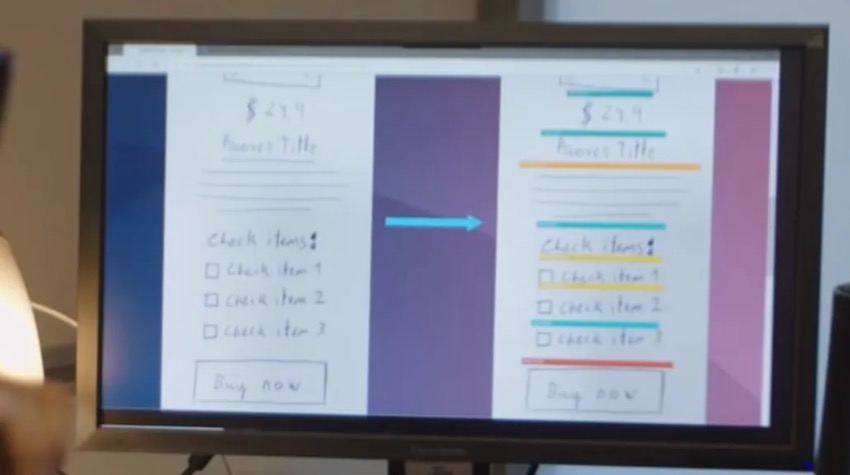
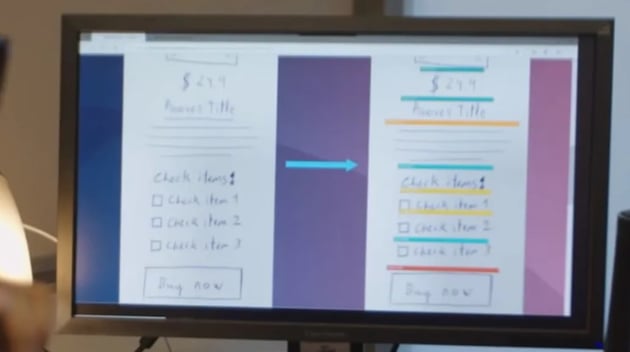

Sketch2Code is a Microsoft-developed AI tool that converts hand-drawn UI designs into HTML markup. Using machine learning algorithms, Sketch2Code identifies design elements and generates clean, structured code.
2. Anima
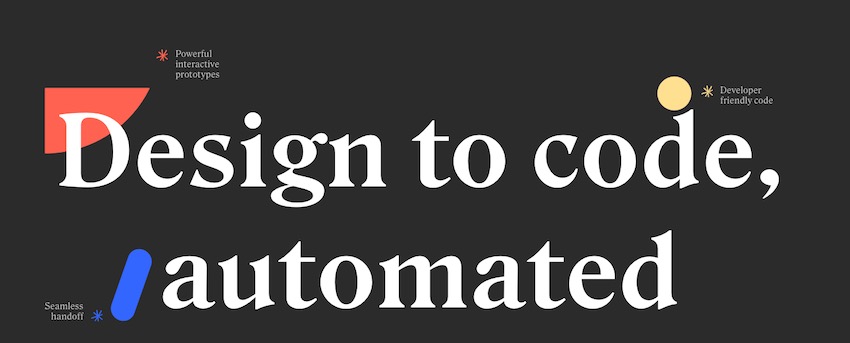
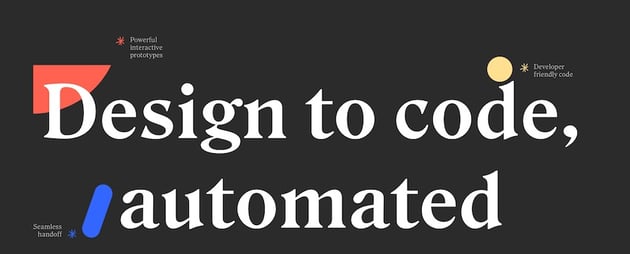
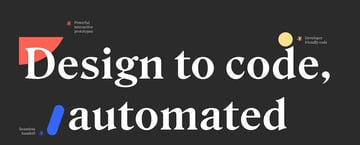
Anima is a design-to-code tool that works with popular design tools like Sketch, Figma, and Adobe XD. It generates responsive HTML and CSS code, making it easy for designers to transform their designs into functional websites.
3. BuilderX
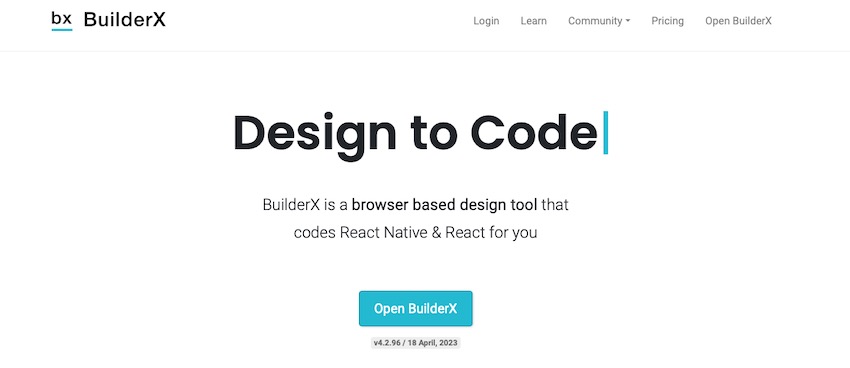
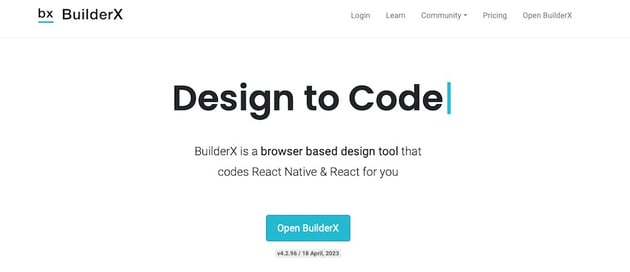
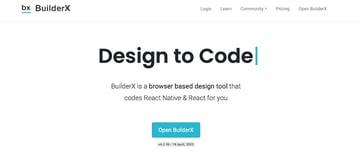
BuilderX is a design tool that generates React and React Native code. Designers can create layouts and export them as components, making it a great choice for those working on web and mobile app projects using React.
4. Uizard
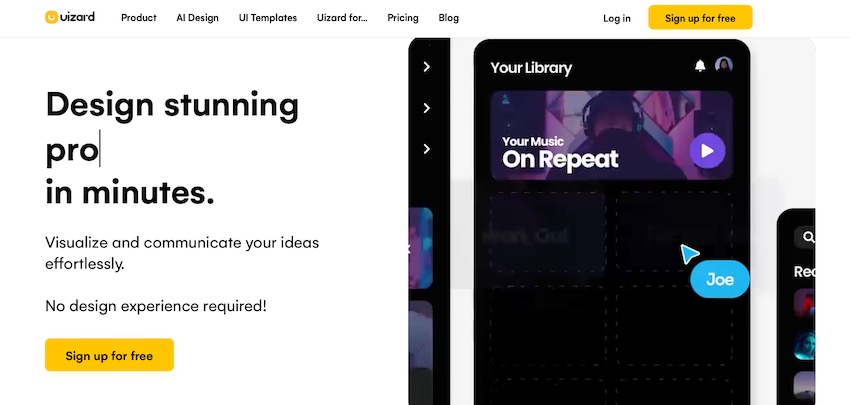
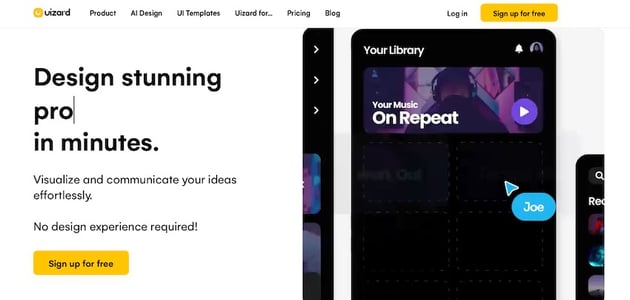
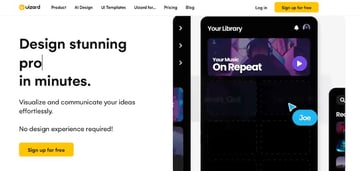
Uizard is an AI-powered tool that converts wireframes and mockups into code. It supports popular design file formats like Sketch, Figma, and Adobe XD, and generates HTML, CSS, and JavaScript code.
“Instead of seeing AI as a threat, the emergence of AI tools should instead be seen as an opportunity to supercharge creativity and productivity whilst also massively improving workflows and outputs.” — Uizard blog
5. Avocode
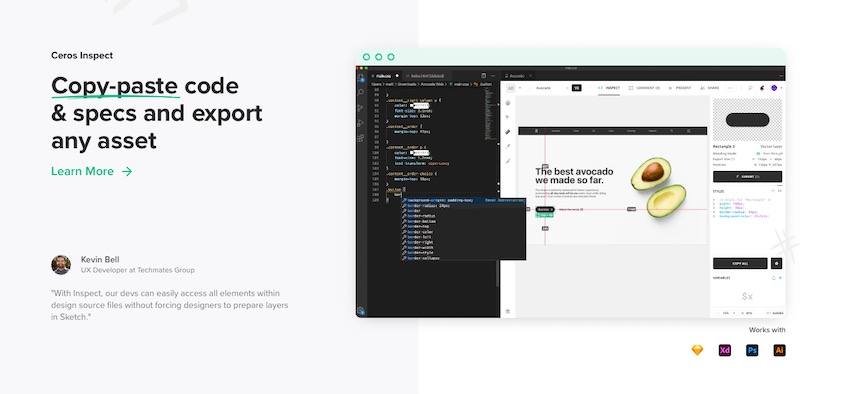
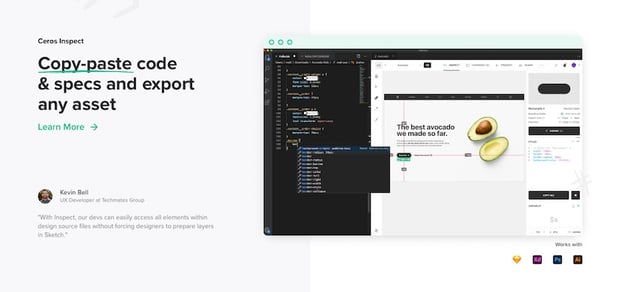
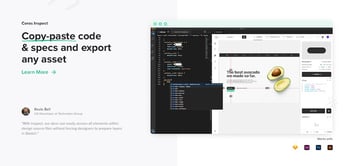
Avocode is a platform that streamlines design-to-code workflows by automatically generating HTML, CSS, and other code from design files. It also offers version control, asset management, and collaboration features for design teams.
6. PaintCode
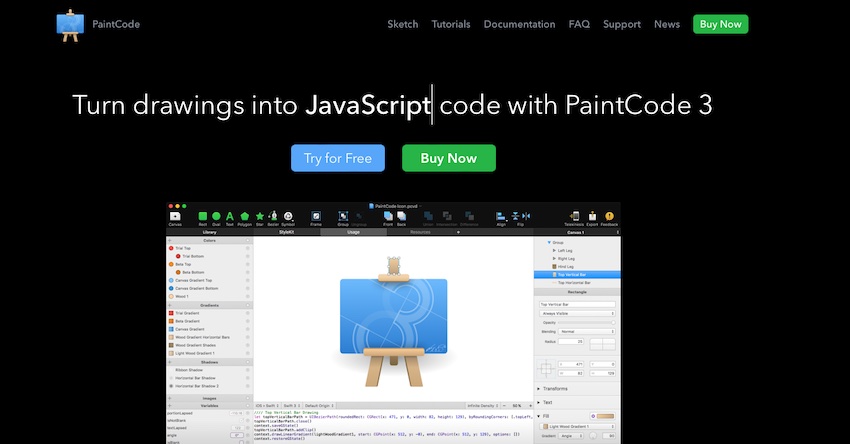
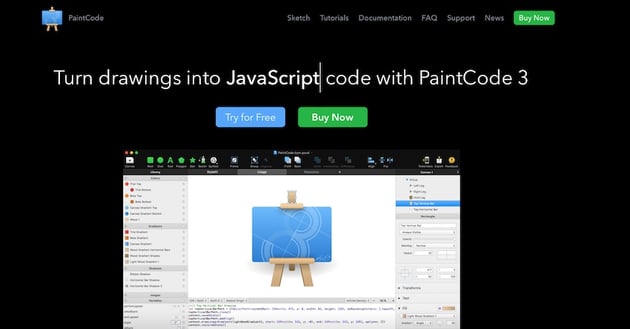
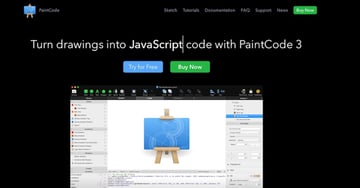
PaintCode is a vector drawing app that generates code in real time as you design. It supports multiple programming languages, including HTML, CSS, Swift, and Java, making it a versatile choice for designers and developers working across platforms.
7. Webflow
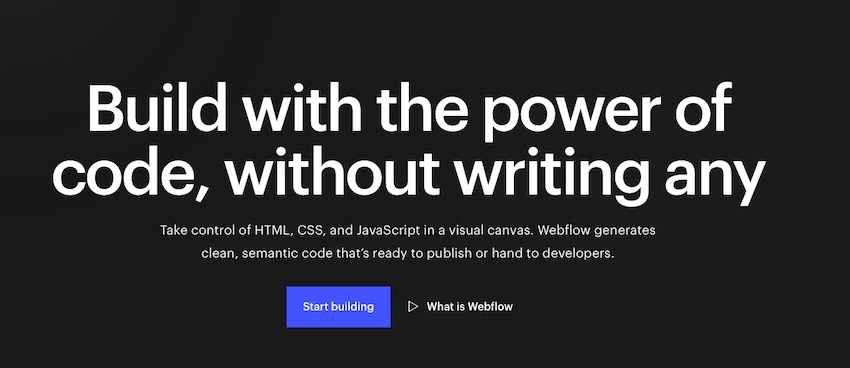
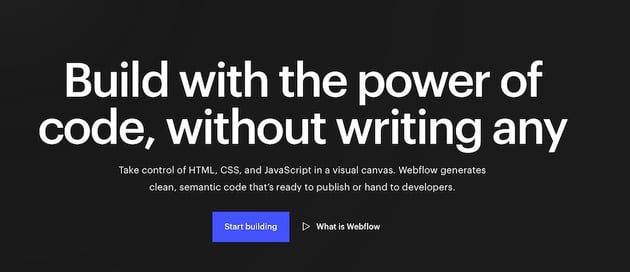
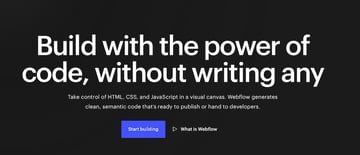
Webflow is a visual web design tool that generates clean, production-ready HTML, CSS, and JavaScript code. Designers can create responsive websites and web applications without needing to write any code themselves.
“We believe that AI is the key to unlocking the creative and development potential of millions to build and launch the most impactful sites that have ever been made for the web.” — Webflow blog
8. Pinegrow
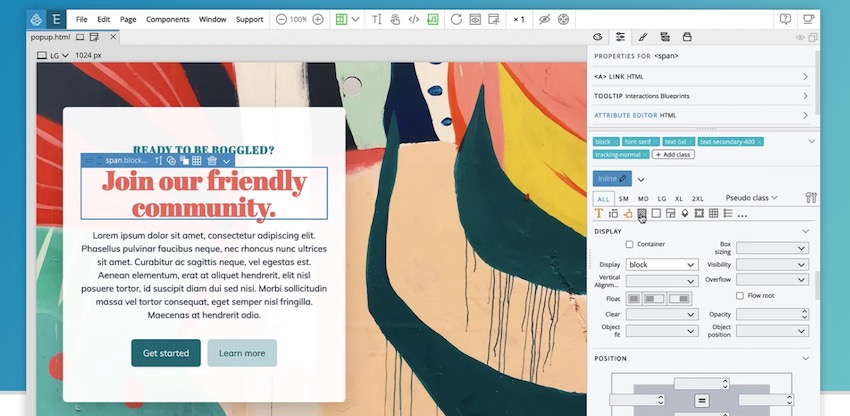
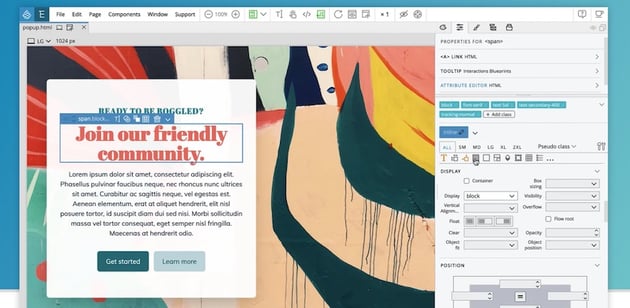
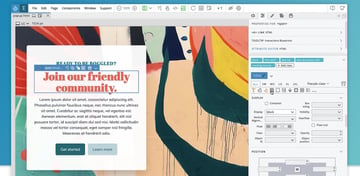
Pinegrow is a desktop app that allows designers to build responsive websites using a visual interface. It generates HTML, CSS, and JavaScript code and offers integration with popular CSS frameworks like Bootstrap and Foundation.
These AI-powered tools are revolutionizing the web design landscape by automating the process of converting design files into functional code.
Benefits of AI-Generated Code
It should be pretty apparent by now that AI-powered tools offer numerous benefits to web designers, including:
- Time-Saving: These tools significantly reduce the time spent on manual coding, freeing up designers to concentrate on the creative aspects of their projects.
- Consistency: AI-generated code maintains a consistent structure, making it easier to manage and maintain the codebase.
- Accuracy: Machine learning algorithms can accurately interpret and replicate design elements, ensuring pixel-perfect code output.
- Rapid Prototyping: Designers can quickly convert their design files into functional prototypes, enabling faster feedback loops and iterative improvements.
- Collaboration: AI-generated code bridges the gap between designers and developers, promoting better collaboration and understanding between the two disciplines.
All of that is fine and well, but it’s hard to take advantage of these tools of you aren’t clear on how they work. We’ll tackle that next.
A Glimpse into the AI Algorithms
The success of AI-powered tools in generating HTML and CSS code can be attributed to the implementation of advanced machine learning algorithms, such as:
- Convolutional Neural Networks (CNNs): CNNs are used for image recognition and classification tasks, enabling the AI tool to identify and interpret various design elements within a design file.
- Recurrent Neural Networks (RNNs): RNNs can process sequences of data, making them well-suited for generating the structure and hierarchy of HTML elements.
- Natural Language Processing (NLP): NLP techniques can be employed to understand the context and semantics of text within design files, ensuring accurate content representation in the generated code.
Limitations of AI-Generated Code: Not All Sunshine and Rainbows
While AI-powered tools have certainly made great strides, they’re not without their limitations. Let’s explore of them now:
- Complexity: AI-generated code may struggle with complex layouts and intricate design elements, necessitating manual intervention and fine-tuning.
- Customization: These tools may not always cater to specific coding preferences, styles, or frameworks, potentially causing friction for developers.
- Learning Curve: Designers and developers need to invest time and effort to learn and adapt to these new tools, as well as integrate them into existing workflows.
- Cost: AI-powered tools can also be pricey, particularly for small businesses and freelancers with limited budgets.
- Dependency: Overreliance on AI-generated code could lead to a decline in manual coding skills among web designers and developers, which might be problematic if AI tools fail to handle specific tasks.
If you’ve weighed the benefits and drawbacks and wish to move forward with adding AI tools to your design workflow, you might be wondering how to best integrate them.
The use of AI-powered tools doesn’t necessarily mean the complete automation of web design workflows. Designers and developers still need to work together and use their technical know-how to create stunning, responsive websites.
Adapting to Change
Web designers and developers need to adapt their workflows to fully harness the power of AI-generated code. This may involve:
- Getting familiar with available AI-powered tools and their features
- Adjusting design processes to account for AI-generated code output
- Incorporating new collaboration and communication practices between designers and developers
Overcoming the Learning Curve
Designers and developers can also take several steps to overcome the learning curve associated with AI-powered tools. What follows are some practical ways you can get acquainted with these new technologies and incorporate them into your workflow more effectively:
- Online Tutorials and Courses: Platforms like Udemy and Coursera offer courses that cover AI-based design-to-code tools, such as Figma-to-HTML conversion or Anima usage. Completing these courses can help users quickly gain the skills needed to work with these tools.
- Community Support: Engaging with online forums, such as Stack Overflow or tool-specific community forums, can provide valuable insights and assistance from fellow users and experts.
- Trial and Error: Experimenting with AI-powered tools on personal or small-scale projects can help you gain hands-on experience and develop a deeper understanding of the tools’ capabilities and limitations. For example, try using Anima to convert a simple landing page design from Sketch or Figma to HTML and CSS. This will give you a clear idea of the tool’s performance and output quality.
- Webinars and Workshops: Attending webinars and workshops hosted by AI-powered tool providers or industry experts can help you learn about best practices, new features, and upcoming updates.
- Collaborating with Peers: Partnering with colleagues or peers who have experience with AI-powered tools can be an effective way to learn from their expertise and accelerate your learning process. Consider working on a joint project or attending a local meetup or hackathon focused on AI-driven web design.
And now, let’s answer a few questions that come up again and again about AI web design tools.
1. Can AI-Generated Code Completely Replace Human Developers?
While AI-generated code offers many advantages, it is not yet capable of completely replacing human developers. Human developers still need to fine-tune and customize the generated code, as well as handle complex scenarios and tasks that AI tools may struggle with.
2. How Accurate is AI-Generated Code?
AI-generated code has become increasingly accurate over time, thanks to advancements in machine learning algorithms. However, it may still struggle with complex layouts and intricate design elements, requiring manual intervention to ensure pixel-perfect output.
3. Is it Worth Investing in AI-Powered Tools for Web Design?
The value of investing in AI-powered tools depends on the specific needs and circumstances of a web design project or team. In many cases, these tools can save time, improve consistency, and facilitate collaboration, making them a valuable addition to the web design toolkit.
AI-powered tools for automatic HTML and CSS generation have brought about significant changes in the web design landscape. These tools are changing the way designers and developers work together by making workflows more efficient, enhancing collaboration, and enabling quick prototyping.
While not without their limitations, AI-generated code continues to evolve and improve, and it is becoming an increasingly valuable asset for web design professionals.
As we look to the future, it’s essential to strike a balance between the convenience and efficiency offered by AI-generated code and the human touch that brings creativity and customization to the world of web design. By combining the best of both worlds, we can continue to push the boundaries of what’s possible in web design and development, and create exceptional user experiences that stand the test of time.